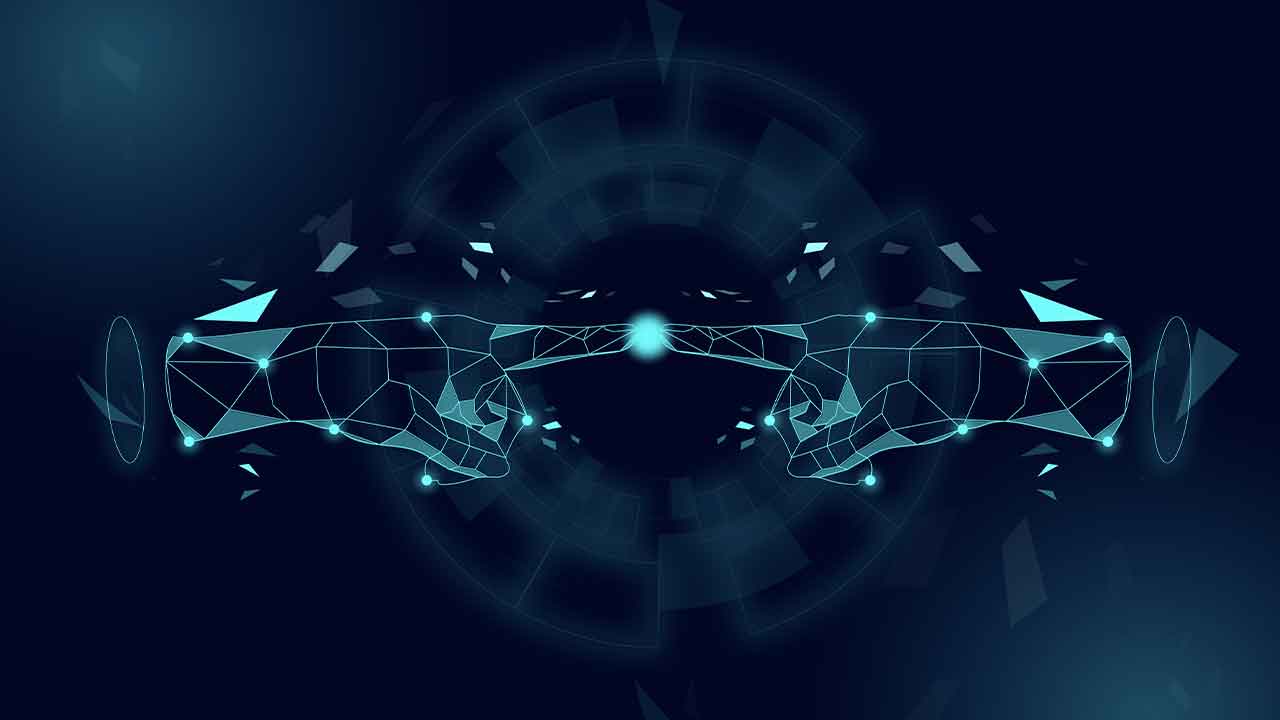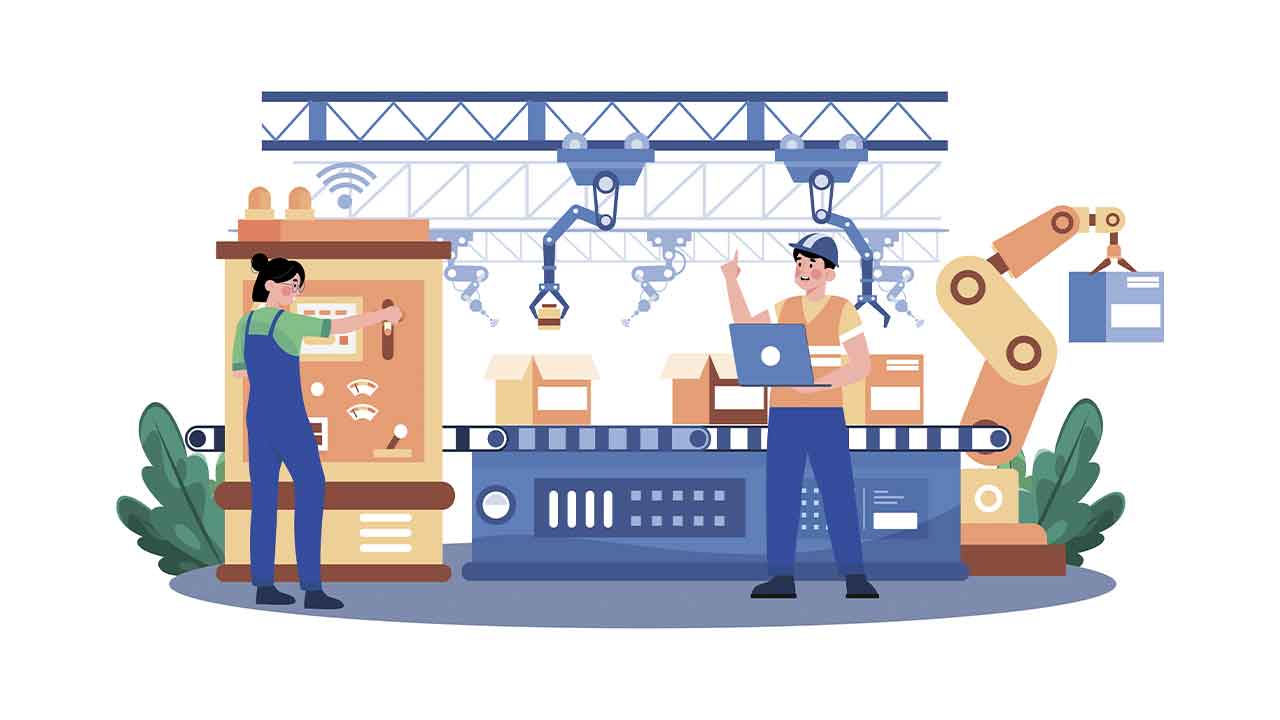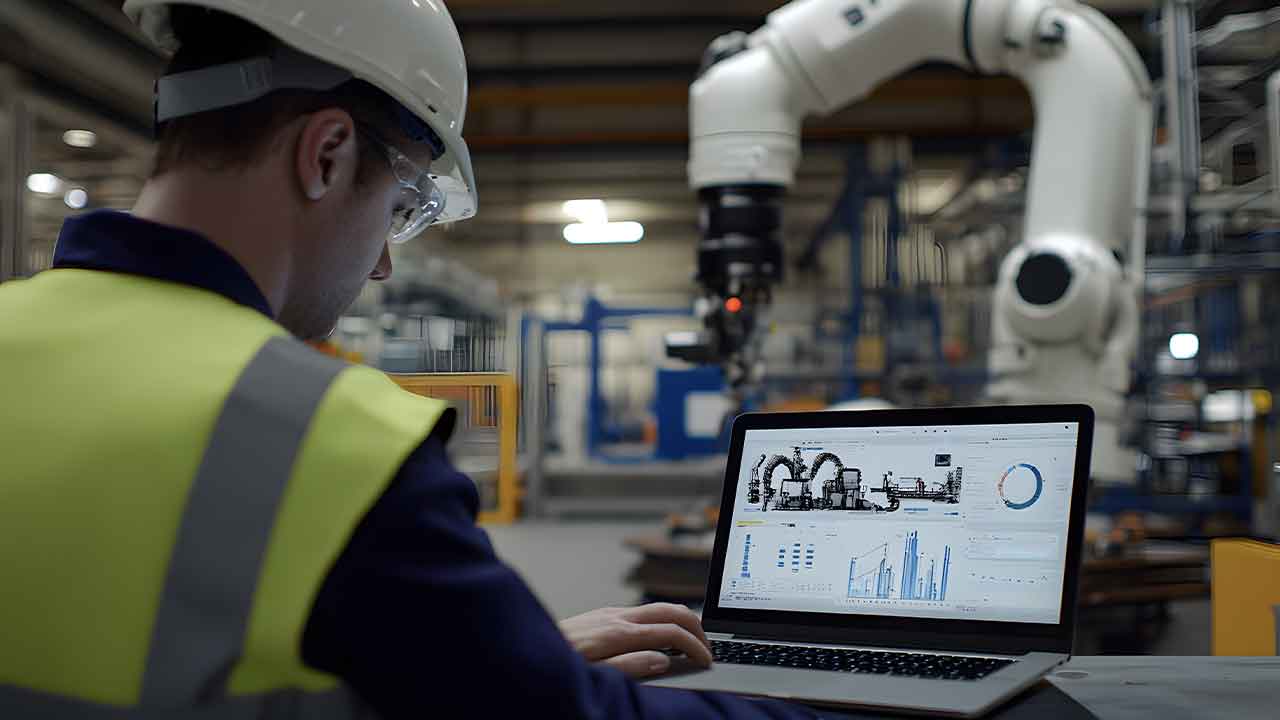The Invisible Workforce: How Digital Twins Empower Humans to Work Smarter, Not Harder
Beyond Automation—A Partnership Between Digital Twins and People
Digital twins are often heralded as the ultimate tool for automation and operational efficiency, but their true transformative power lies in how they empower people to make better decisions, solve complex problems, and reduce unnecessary workloads. Far from replacing human workers, digital twins act as a collaborative partner, amplifying human intuition with data-driven insights.
In this article, we’ll explore a less-discussed aspect of digital twins: their ability to enhance the human element in industries ranging from manufacturing to energy, creating a smarter, more effective workforce.
From Complexity to Clarity: Simplifying Decision-Making
In many industries, workers are overwhelmed with data from multiple systems—dashboards, sensors, and equipment logs. Digital twins streamline this complexity by integrating and contextualizing data into actionable insights.
- Example: A maintenance engineer no longer needs to manually analyze multiple reports to detect a failing pump. A digital twin can flag anomalies in real time, offering visual insights into the root cause and even suggesting solutions.
This clarity allows workers to focus on high-value tasks rather than sifting through endless streams of information.
Augmenting Expertise: Turning Operators into Strategists
Digital twins don’t just improve operational efficiency—they enhance human expertise. Workers can simulate “what-if” scenarios to test decisions before implementing them, minimizing risks and optimizing outcomes.
- Example: In a manufacturing facility, an operator can use a digital twin to predict how adjusting machine parameters will affect output quality, enabling proactive decisions that increase productivity without trial-and-error experimentation.
By turning operators into strategists, digital twins help organizations unlock human potential while reducing operational costs.
Reducing Cognitive Load: Less Guesswork, More Confidence
One of the most significant benefits of digital twins is reducing the cognitive load on workers. When decisions are backed by real-time data and predictive analytics, employees can work with greater confidence and less stress.
- Example: In energy management, a digital twin might alert a grid operator to a potential overload and recommend precise actions to prevent downtime. The operator can then act swiftly, knowing the data is reliable and the recommendations are sound.
This reduces fatigue, enhances job satisfaction, and minimizes errors caused by human guesswork.
Reskilling and Workforce Development: A New Era of Learning
Digital twins serve as powerful training tools, enabling workers to gain hands-on experience in a virtual environment before applying their skills in the real world. This is particularly valuable in industries with high safety risks or complex systems.
- Example: A water utility company uses digital twins to train technicians on pipeline repairs, simulating real-world conditions like pressure surges or equipment failures without physical risk.
Such training methods not only build confidence but also shorten learning curves, enabling workers to become productive faster.
Real-Time Collaboration: Bridging the IT-OT Divide
Digital twins create a collaborative workspace where IT teams, operational technology (OT) engineers, and business leaders can converge. By visualizing data in intuitive formats, they make cross-functional collaboration seamless.
- Example: In a smart building, IT specialists can use a digital twin to analyze energy consumption patterns, while OT teams can pinpoint which equipment is causing inefficiencies. Together, they can implement solutions that optimize performance across the entire facility.
This collaboration ensures that decisions are aligned, timely, and effective.
The Human-First Digital Twin: Designing Tools for People
For end users, the most important aspect of digital twins is usability. Technology that prioritizes human-centered design—such as intuitive dashboards, easy-to-read visualizations, and AI-powered recommendations—empowers workers to extract value without needing extensive technical expertise.
- Example: A simple interface that highlights anomalies with color-coded alerts or provides guided troubleshooting steps can transform a digital twin from a high-tech tool into a practical asset for everyday use.
Digital Twins as the Ultimate Human Amplifier
Rather than replacing human ingenuity, digital twins amplify it. By simplifying data, supporting smarter decisions, and enabling continuous learning, they turn the workforce into a more strategic, effective, and resilient asset. In a world where industries face mounting complexity and rapid change, digital twins offer a unique opportunity to bridge the gap between technology and people.
The question isn’t whether digital twins will shape the future—it’s how they will reshape the role of humans within it. For organizations looking to stay competitive, the answer lies in embracing digital twins as partners in human empowerment.
This article is based on insights from the session transcript “Mirroring Success: Digital Twins and Their Strategic Role in Business Resilience.”
To access the full transcripts of all our 2024 sessions, along with recordings featuring in-depth discussions on IIoT and digital transformation, join our VIP community at no cost by the end of February.
Don’t miss the opportunity to gain exclusive access to expert knowledge and stay ahead in the rapidly evolving world of industrial IoT.
Related articles:



